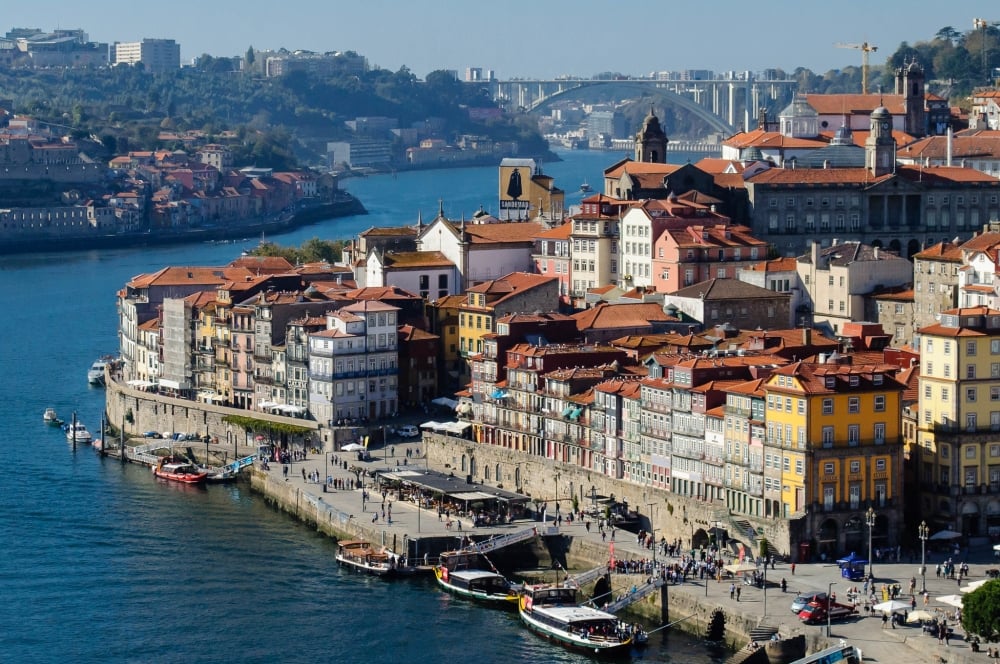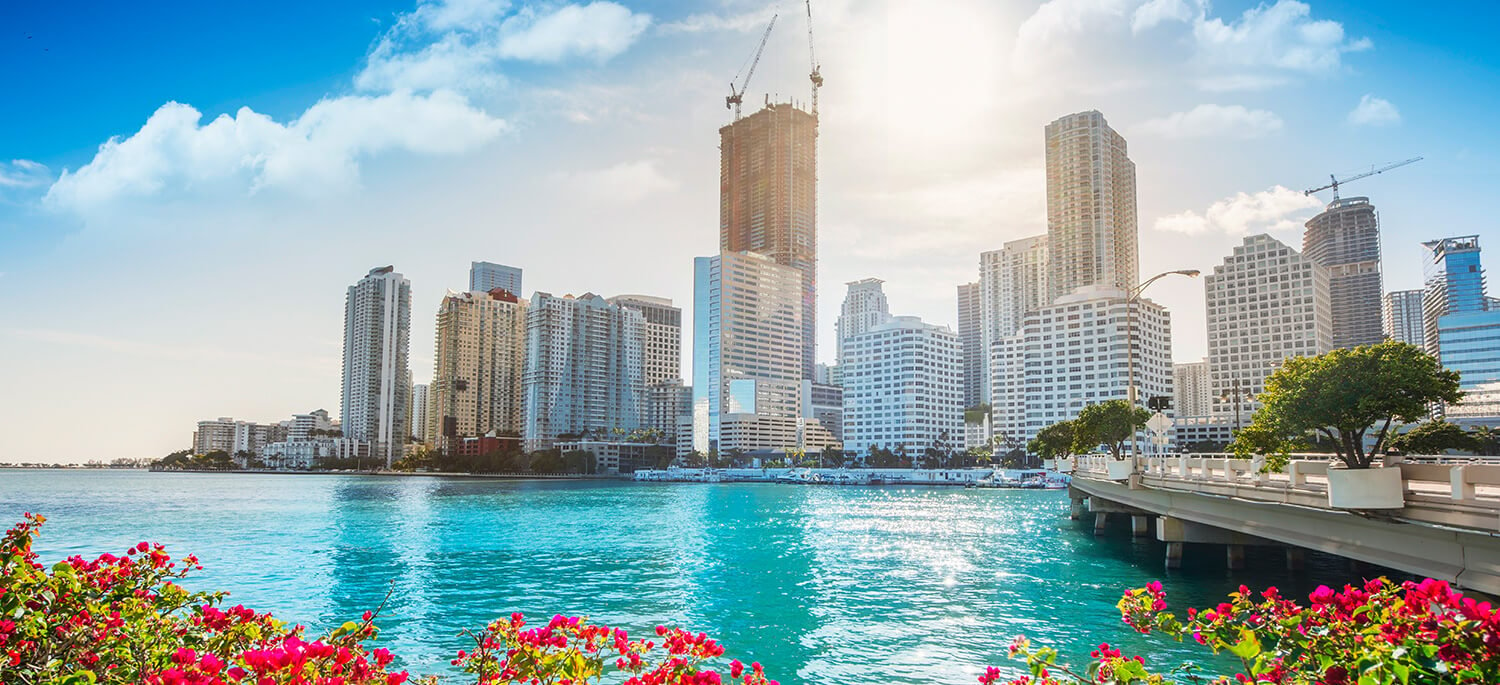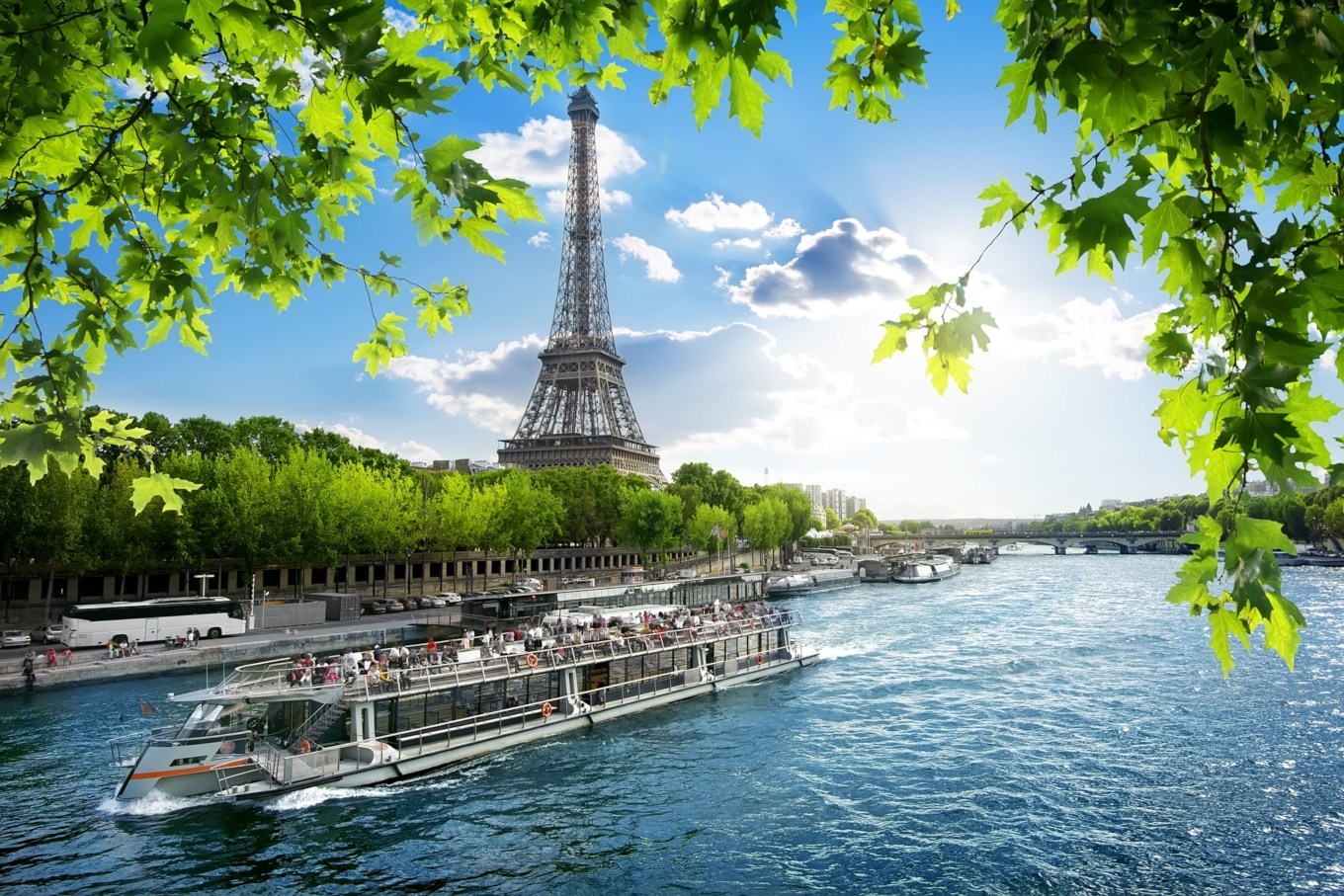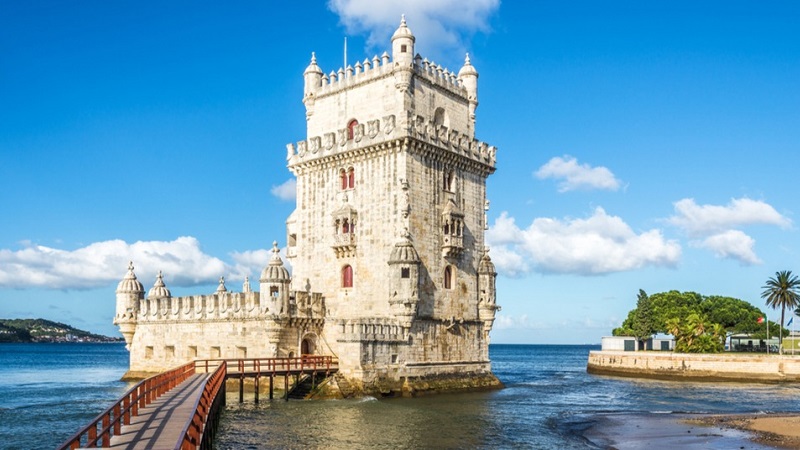Destinos
O que ver e fazer Havana, Cuba em três dias – É de surpreender
Advertisement
Havana, capital de Cuba é uma cidade onde o tempo parece nunca ter
passado, onde as praias se fundem com o carisma de seu povo. Ali é onde você pode descobrir lugares secretos e não tão secretos, em viagem a Havana de 3 dias revolucionária.
O que ver em Havana em 3 dias?
Havana é dividida em 4 áreas interessantes: Havana Velha, Centro Habana,
Barrio Vedado e Playa Miramar.

Havana: Dia 1
No primeiro dia, podemos visitar Havana Velha, que fica dentro dos limites da Plaza de la Catedral, da Plaza de Armas, da Plaza San Francisco e da Plaza Vieja.
Praça da Catedral
Esta é a praça que fica em frente à Catedral da Virgem Maria da Imaculada Conceição de Havana (Patrimônio Mundial da UNESCO).
Um imponente edifício em estilo barroco, que você reconhecerá facilmente por ter duas torres sineiras nos lados. Você pode subir nas torres pagando uma doação de 1 CUC.
O edifício possui 3 naves, 8 capelas laterais e inúmeras esculturas e obras de ourives. A Praça da Catedral não é a maior de todas, mas uma das mais bonitas. Ao redor, você pode ver diferentes edifícios coloniais que podem ser acessados gratuitamente.
Praça de Armas
Esta é a segunda praça mais importante que você verá em Havana, muito bonita também cercada por árvores frescas. É aqui que a ação ocorreu, das touradas às execuções.
O nome foi coletado e o espaço utilizado pelas milícias para a realização dos
exercícios. Existem muitos cafés, bares e edifícios que datam da época em que Cuba era uma colônia espanhola.
Muito perto, você encontrará o Castelo da Força Real. Uma fortaleza militar localizada na baía, a arquitetura do local é de 1558, quando os Estados Unidos ainda estavam sobre o domínio europeu.
Na torre há um cata-vento chamado Giraldilla (assim como diferentes edifícios espanhóis, como em Sevilha).
Praça de São Francisco
A praça está localizada em frente à Avenida del Puerto, entre as ruas Oficios e Amargura. Como os outros lugares, era usado como área de reunião, touradas, execuções etc.
Ao redor da praça, um mercado de pulgas foi construído e, em seguida, o
Convento de São Francisco, e como naquela época a religião anterior ao
comércio, o mercado foi movido para perto da Praça Velha, para não perturbar o resto dos monges pobres.
Algum tempo depois, a Basílica de São Francisco de Asís foi construída. Em
frente à Basílica fica a antiga Lonja del Comercio, um imponente edifício
projetado para esse fim, graças à sua proximidade com a baía.
Atualmente, possui outros objetivos como centro de investimento para
empresas estrangeiras. Dentro da praça está a escultura feita por Giuseppe Gianni chamada Fonte dos Leões.
Havana: Dia 2
Visite o centro de Havana começando na praça da revolução para entender um pouco mais a essência do povo cubano.
Praça da Revolução
Esta praça é a essência da revolução cubana, é o lar de muitos símbolos,
como a parede com a imagem de Che Guevara, com a frase que acompanha
“Hasta la Victoria siempre”.
Você também verá a imagem do rosto de Camilo Cienfuegos com a frase
“Você está indo bem, Fidel”. No centro da praça está a estátua de José Martí.
Bairro chinês
Embora existam poucas ruas com instalações orientais e ornamentos coloridos, este pequeno bairro chinês está localizado no caminho para o Capitólio e é um dos mais antigos desde que os primeiros chineses chegaram a Cuba em 1840.
O Capitólio
Caminhando ao longo do Paseo de Martí, você sem dúvida verá o edifício do Capitólio, quase imitando o Capitólio de Washington, encomendado por um ditador cubano apoiado pelos Estados Unidos: Gerardo Machado.
De 1959 (quando o poder foi tomado pela Revolução) e até 2013, este edifício foi o local onde ficava o Ministério da Ciência, Tecnologia e Meio Ambiente, a Academia Cubana de Ciências e a Biblioteca Nacional de Ciência e Tecnologia.
Fábrica de Tabaco Partagás
Escondida atrás do Capitólio está a fábrica mais antiga de Havana, e como
poderia ser de outra forma é a fábrica de charutos. Foi fundada em 1845 pelo catalão Jaime Partagás com a ajuda do comerciante Juan Conill. Como já é sabido, a fábrica é uma das melhores em Cuba.
Marti Walk ou Prado Walk
Saindo do Capitólio, nos deparamos com a Fonte das Índias esculpida por
Giuseppe Gaginni em 1837 em mármore branco.
Representa uma mulher indígena sentada no trono, em uma das mãos segura o brasão da cidade e na outra, carrega uma cesta de frutas. Foi inspirado na lenda de um belo aborígene que recebeu navegadores espanhóis em 1509.
Atravessando o Grande Teatro de Havana, construído em 1834, diante da forte demanda por atividades culturais. Em termos de arquitetura, podemos dizer que a fachada é decorada com relevos, baixos-relevos, varandas e quatro magníficas esculturas feitas pelo italiano Giuseppe Moretti, que representam Caridade, Educação, Música e Teatro.
Museu da Revolução
Este é o antigo palácio presidencial até 1976, tem uma arquitetura que tira o
fôlego. Cada quarto tem mais do que arquitetura e luxo, existem entalhes nas paredes das tomadas que foram feitas durante a tomada.
Havana: Dia 3
Continue conhecendo havana
Proibido
Saindo de um pouco do circuito turístico de Havana, você encontrará o Barrio El Vedado. As casas ali são enormes e existem muitos espaços verdes, mas o que mais impressiona é que a numeração das ruas é de estilo americano, com números e letras.
Lá você verá o grande e imponente edifício da Universidade de Havana, o
Cemitério de Colombo e o Beco Hamel, um espaço onde a cultura afro-cubana está representada.
Cristo de Havana
Para continuar, pegue uma balsa. Depois de atravessar, há muitas opções para ver. A primeiro é o Cristo de Havana, localizado na colina perto da Fortaleza de San Carlos de la Cabaña.
Caminhando a pé por muito tempo, você encontrará o Castelo dos Três Reis
do Morro e o Farol do Castelo do Morro, ambos como defesa contra aqueles
que desejavam saquear e invadir Cuba.
A construção do castelo e do farol é ao mesmo tempo em que o Castelo de
San Salvador de la Punta e, pela mesma razão, protege Cuba de invasões.
Trending Topics

Economize dinheiro em suas viagens: como encontrar passagens aéreas baratas para os destinos mais populares do Brasil
Comprar passagens aéreas pela internet pode ser uma maneira fácil e conveniente de economizar dinheiro em suas viagens.
Keep Reading
Portugal Encantador: Explorando a Diversidade Cultural e Paisagística de Norte a Sul
Portugal é um país encantador, repleto de riquezas culturais e históricas, paisagens deslumbrantes e uma gastronomia inigualável.
Keep Reading


